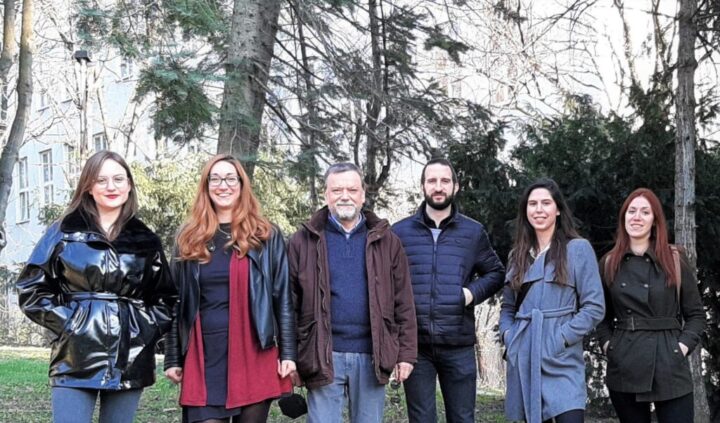
About us
The Neuroscience Group (Institute for Medical Reserch, Belgrade) is investigating the mechanisms and biological correlates of higher cognitive and motoric functions. Our studies include both healthy participants and people with various pathological conditions of the central nervous system (CNS). Various methods from the fields of neurophysiology, neuropsychology and psychometry, sports science, etc. are applied.
Of particular importance in the work of the Group are the newly developed methods of non-invasive brain stimulation (NIBS) using magnetic pulses and electric field. These methods, that the Group has gained significant experience and international reputation with, enable selective and targeted modulation of neural circuits and systems relevant to the condition to be affected. The Group’s activities include the use of NIBS for the functional evaluation and modulation of excitability, synaptic activation and CNS plasticity, as well as the examination of the interactions of NIBS and various forms of training, physiotherapy and drugs.
Previous studies included different populations of patients (with extrapyramidal diseases such as Parkinson’s disease and dystonia, chronic pain as well as conditions after cerebrovascular strokes) and in representative populations of healthy subjects. Studies included registration of physiological parameters of activity of sensory-motor systems, psychological testing, kinematic measurements and assessement of changes that occur following NIBS.
In clinical samples, findings are also correlated with clinical parameters. The obtained results, in addition to contributing to a better understanding of the mechanisms of action of NIBS, enable a better understanding of the mechanisms of cortical excitability, activation and plasticity, as well as their disorders. The results of the research conducted by the Group should lead, on the one hand, to the definition of optimal parameters for the use of NIBS in therapy, either alone or to improve the effects of other forms of treatment (drugs, rehabilitation) and sports training, and on the other hand, to identify neurophysiological markers of residual plasticity in patients for better definition (personalization) of therapy.